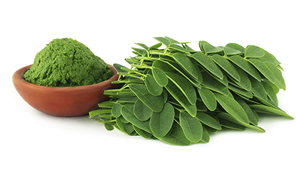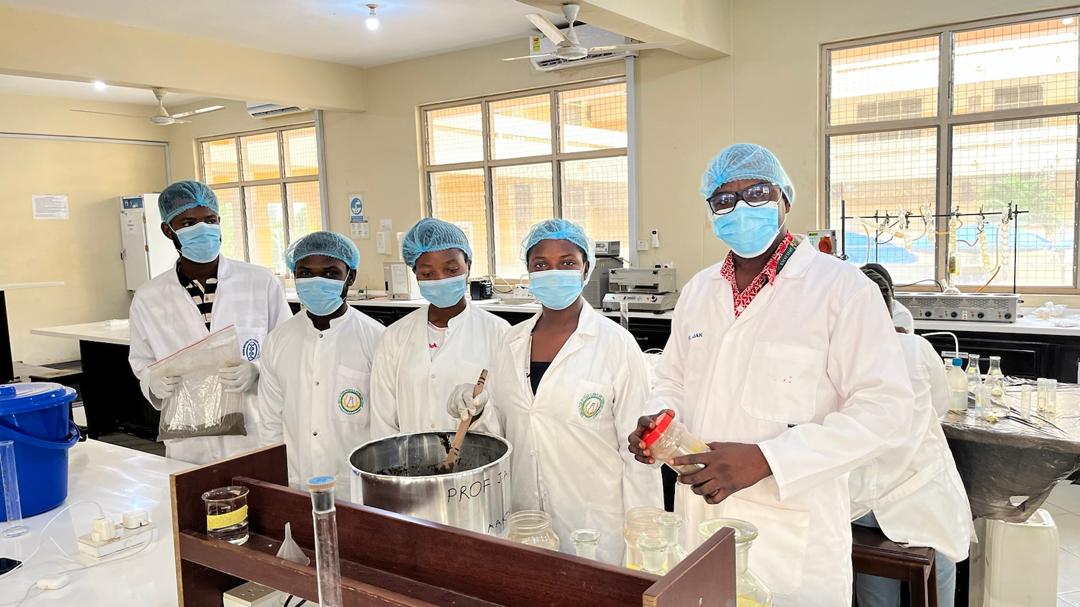
Rationale
Moringa oleifera leaves have not received the needed research-based attention in Ghana despite its well-known nutritional properties. Though consumed in Asia and some sub-Saharan countries they are largely underexploited green vegetable. It is in this vein that researchers study the nutritional potential in M. oleifera leaves.
Value/ Composition
They are a great source of vitamins and minerals which can be served raw, cooked or dried. High temperatures destroy some of the nutrients. Eight grams (8g) serving of dried leaf powder will satisfy a child within ages 1-3 with 14% of the protein, 40% of the calcium, 23% of the iron, and nearly all the vitamin A that the child needs in a day.
One hundred (100g) portion of leaves could provide a woman with over a third of her daily need of calcium and give her important quantitities of iron, protein, copper, sulphur and B-vitamins.
Compared to sweet potato leaves, Moringa has dietary fats function to increase food palatability by absorbing 1-2% of its caloric energy as fat. Leaves’ caloric value is the lowest - 305.62 cal/g, but higher protein content than leaves of sweet potato, amaranth, taro, pumpkin and okra.
The low caloric value as compared to some vegetables such as pumpkin leaves, taro leaves, mushrooms, tomatoes, makes a good addition in the diet of the obese and those who want to lose weight.
Beneficiaries
They are a valuable source of nutrient for all age groups, and for treating malnutrition in small children and anemia in pregnant women. For nursing women, eating leaves increase milk production.
Access
Moringa thrives in arid and semiarid environments, it provides nutritious food source throughout the year and can be grown cheaply and easily. Leaves also retain lots of vitamins and minerals when dried.
Uses
Moringa leaves can be dried, processed into powder, used as tea, added to beverages, sprinkled on food or taken in capsules.
Moringa is non-toxic, easily digestible source of nutrition which also has many beneficial effects on health in general. Extensive health and safety studies conducted at the Nogutchi Memorial Medical Research Centre in Ghana determined that moringa powder has no toxic elements (www.unesco.org)
This article is Research Uptake collaboration between the Ibok Oduro, W. O. Ellis and Deborah Owusu and the KNUST DRUSSA Team.
Scientific Research and Essay Vol. 3 (2), pp. 057-060, February, 2008
Available online at http://www.academicjournals.org/SRE
ISSN 1992-2248 © 2008 Academic Journals






